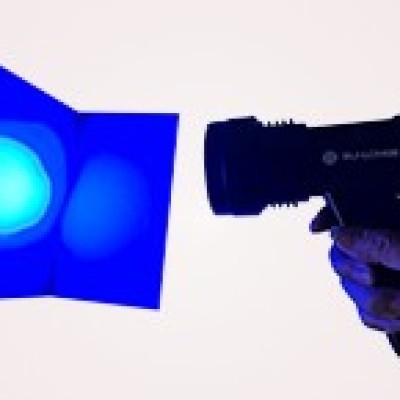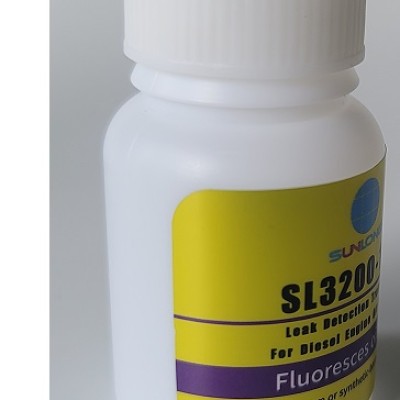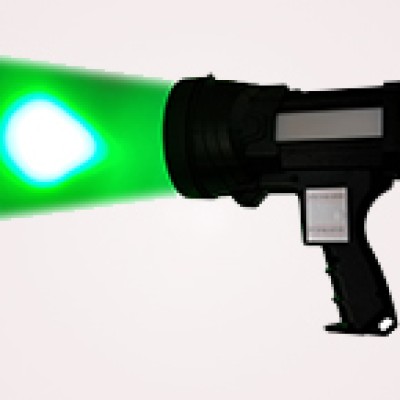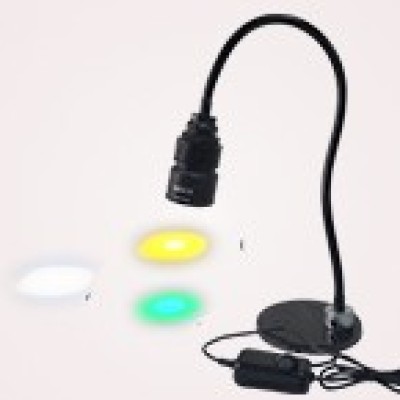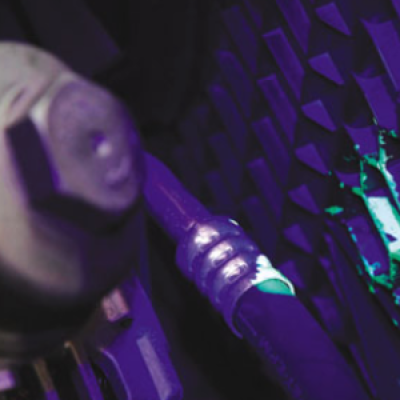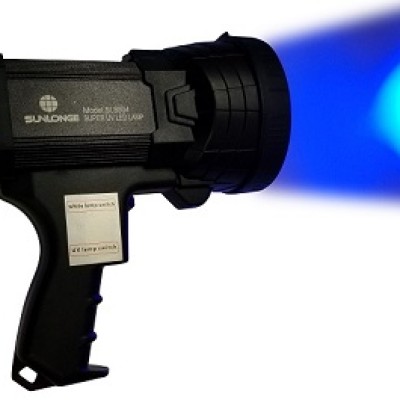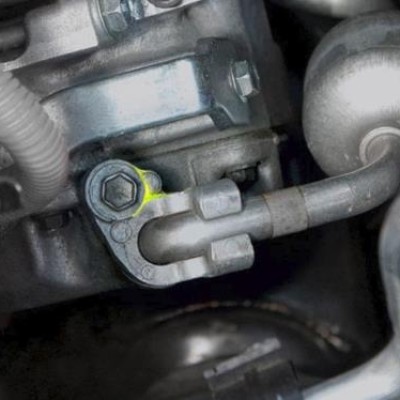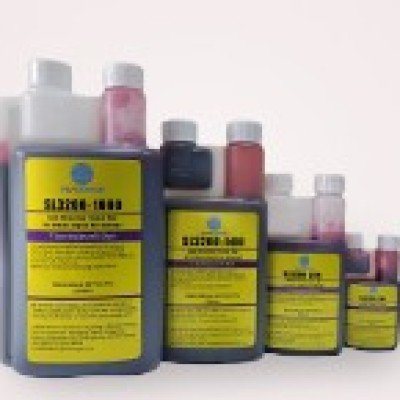Introduction
Considering the rapid boom in the biotechnology sector, the demand for chemical research is surging swiftly, contributing to the drastic improvement in the technology of fluorescence spectroscopy. Specifically, it utilises the excitation light sources, for instance, ultraviolet light to analyse the fluorescence from a sample collected. This method is commonly applied in diverse industries, including the medical and biochemical sectors to conduct various researches and studies. Thanks to its implementation, the procedures during the analysation of samples have been simplified and more efficient, and consequently, giving rise to an enormous boost in today’s development.
Types of Excitation Light Sources
In general, the excitation light sources can be divided into three major groups. The first type is the broadband sources, for example, the mercury-arc and tungsten-halogen lamps, which generate white light that is equipped with peaks of varying intensity across the spectrum. The second type is named as the laser excitation sources, which have only a few or even sole peaks and therefore, allow a larger number of illumination choices. Technicians can achieve the optimal outcome upon the lowest relative difference between the excitation wavelength of the dye’s peak and the laser. The third type is the high-output light-emitting diodes (LEDs), which are the most frequently adopted in nowadays development because of their wide choices of wavelengths, reduction in cost, energy consumption and extended lifetime. On top of these advantages, to further uplift the performance, technicians should adopt a bandwidth filter to narrow down the wide range of wavelengths. Through utilising the most suitable equipment among the above three types of the excitation light sources, the sensitivity and reliability of detection can be enhanced.

Factors for Appropriate Excitation Light Source
Concerning the skyrocketing number of devices of excitation light sources, technicians should consider several factors in deciding the most appropriate one to optimise their effects. In particular, they should evaluate the implementation and maintenance costs, compatibility with the circumstances, safety of the process, lifetime and stability and power consumption. On the grounds that the three types of light sources carry varying pros and cons, technicians should follow the guidelines suggested by the company and assess each method in advance of adoption.

Applications of Excitation Light Sources
By virtue of the plentiful advantages created by the excitation light sources, it has been routinely employed in the fluorescence spectroscopy, which is widely applied in countless fields, generating loads of usages. One of the typical applications is the research for organic compounds. The results concluded are beneficial to the invention of vaccines and investigation of diseases. To illustrate with the instance of photodynamic diagnosis (PDD), it aims at diagnosing the possibility of cancer through the investigation of excitation light of a tissue, which successfully reduces the time for diagnosis. Additionally, the development of multiple light sources and machine learning has produced a giant driving force in the field of water research, namely, the advancement in the detection of pollution and contamination. Consequently, the installation of the excitation light sources does not only encourage the growth of the technology sector but also the improvement in the living standard of citizens.

Development of Excitation Light Sources Devices
Given the rising trend of the fluorescent detection, millions of light source products arose in the market and are equipped with distinct features catered for specific situations. Since the excitation and emission wavelengths required by different scenarios are unique. The majority of products contains a combination of wavelengths and light sources, and thus, users can choose between a number of modes according to their demand. Furthermore, to perfectly fit with users’ requirements, a few companies furnish customers with their customisation service to tailor-make their own inspection or detection devices. Accordingly, the current development of the excitation light sources devices has evidently raised the accuracy and reliability of the detection procedure.
Conclusion
In the main, the invention of excitation light sources has apparently strengthened the effectiveness and efficiency during the process of fluorescence spectroscopy. The continuous progress in the related devices and computer science will ceaselessly refine the procedure of detection and scanning. Correspondingly, it will continue to construct the revolutionary enhancement in the modern technology, allow influencing boost in diverse industries and increase the comprehensive level of comfort.
 CN
CN

